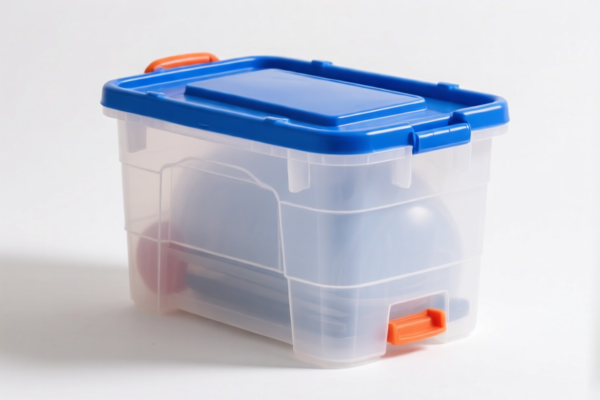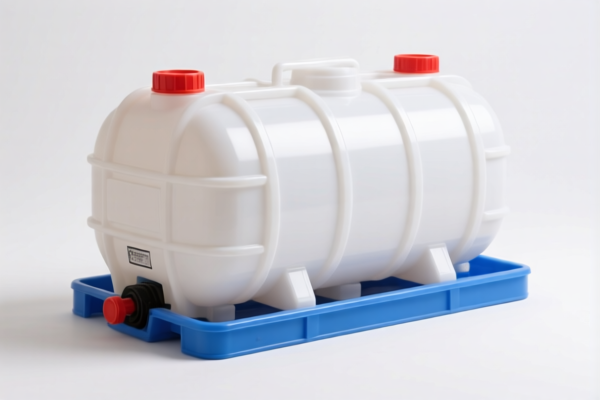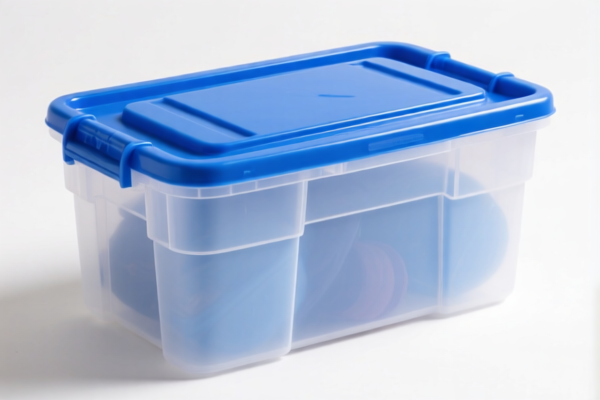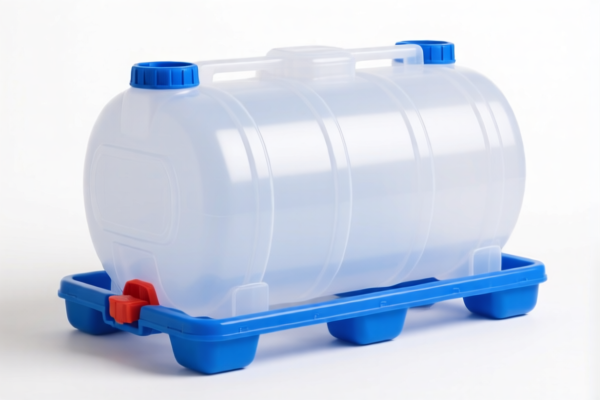| HS Code | Official Doc | Tariff Rate | Origin | Destination | Effective Date |
|---|---|---|---|---|---|
| 7309000030 | Doc | 80.0% | CN | US | 2025-05-12 |
| 7309000090 | Doc | 80.0% | CN | US | 2025-05-12 |
| 7326908688 | Doc | 82.9% | CN | US | 2025-05-12 |
| 8419899585 | Doc | 59.2% | CN | US | 2025-05-12 |
| 8481809050 | Doc | 57.0% | CN | US | 2025-05-12 |
| 8481809015 | Doc | 57.0% | CN | US | 2025-05-12 |




Moistureproof Storage Tank
A moistureproof storage tank is a container designed to securely hold substances while preventing the ingress of moisture, thus maintaining the integrity and quality of the stored contents. These tanks are utilized across a broad spectrum of industries and applications where humidity control is critical.
Materials:
- Stainless Steel: Commonly 304 or 316 grades, offering excellent corrosion resistance and durability. Often used for food, beverage, pharmaceutical, and chemical storage.
- Polyethylene (PE): Including High-Density Polyethylene (HDPE) and Linear Low-Density Polyethylene (LLDPE), providing good chemical resistance, lightweight construction, and cost-effectiveness. Suitable for water, chemicals, and agricultural products.
- Fiberglass Reinforced Plastic (FRP): Offers high strength-to-weight ratio, corrosion resistance, and design flexibility. Used for various liquids, including corrosive substances.
- Carbon Steel: Often coated internally with epoxy or other protective linings to prevent corrosion and moisture penetration. Commonly used for large-volume storage of less aggressive materials.
- Concrete: Used for very large capacity storage, typically with internal liners or coatings to provide moisture resistance.
Purpose & Function:
The primary function of a moistureproof storage tank is to isolate the stored material from atmospheric humidity. This prevents:
- Degradation: Moisture can cause chemical reactions, decomposition, or loss of potency in stored substances.
- Contamination: Introduction of unwanted water can alter the composition and purity of the stored material.
- Corrosion: Moisture accelerates corrosion of the tank itself, especially in metal tanks.
- Changes in Physical Properties: Moisture can affect viscosity, density, or other key characteristics of the stored substance.
- Freezing/Thawing Issues: In cold climates, moisture can freeze and damage the tank or the stored contents.
Usage Scenarios:
- Food & Beverage Industry: Storage of ingredients, finished products (e.g., syrups, oils, juices) requiring preservation of flavor, color, and quality.
- Pharmaceutical Industry: Maintaining the integrity of active pharmaceutical ingredients (APIs), excipients, and finished drug products.
- Chemical Industry: Safe storage of chemicals, solvents, and other compounds sensitive to moisture.
- Water Treatment: Storage of treated water, preventing recontamination.
- Agriculture: Storage of grains, fertilizers, and other agricultural products.
- Oil & Gas: Storage of petroleum products and related chemicals.
- Wastewater Treatment: Storage of treated effluent.
Common Types:
- Vertical Storage Tanks: Most common type, utilizing gravity for filling and emptying.
- Horizontal Storage Tanks: Used when space is limited or for mobile applications.
- Aboveground Storage Tanks (ASTs): Easily accessible for inspection and maintenance.
- Underground Storage Tanks (USTs): Used when space is limited or for aesthetic reasons, but require more stringent leak detection and prevention measures.
- Cone Bottom Tanks: Facilitate complete drainage of stored contents.
- Jacketted Tanks: Equipped with a jacket for heating or cooling the stored material.
- Pressurized Tanks: Designed to operate under pressure, often used for gas storage.
- Double-Wall Tanks: Provide an extra layer of containment in case of leaks.
The declared goods are described as a “moistureproof storage tank”. Based on the provided information, the following HS codes may be relevant:
- 7309000030: Reservoirs, tanks, vats and similar containers for any material (other than compressed or liquefied gas), of iron or steel, of a capacity exceeding 300 liters, whether or not lined or heat insulated, but not fitted with mechanical or thermal equipment. Tanks. This code covers iron or steel tanks exceeding 300 liters in capacity, which could include moistureproof storage tanks if they are not equipped with mechanical or thermal equipment.
- 73: Iron or steel articles.
- 09: Reservoirs, tanks, vats and similar containers.
- 00: Other.
- 00: Other.
- 30: Tanks.
- 7309000090: Reservoirs, tanks, vats and similar containers for any material (other than compressed or liquefied gas), of iron or steel, of a capacity exceeding 300 liters, whether or not lined or heat insulated, but not fitted with mechanical or thermal equipment. Other. This code also covers iron or steel tanks exceeding 300 liters in capacity, but for types not specifically classified as "Tanks" under 7309000030.
- 73: Iron or steel articles.
- 09: Reservoirs, tanks, vats and similar containers.
- 00: Other.
- 00: Other.
- 90: Other.
- 8419899585: Machinery, plant or laboratory equipment, whether or not electrically heated (excluding furnaces, ovens and other equipment of heading 8514), for the treatment of materials by a process involving a change of temperature such as heating, cooking, roasting, distilling, rectifying, sterilizing, pasteurizing, steaming, drying, evaporating, vaporizing, condensing or cooling, other than machinery or plant of a kind used for domestic purposes; instantaneous or storage water heaters, nonelectric; parts thereof. Other machinery, plant or equipment. Other. This code might apply if the tank incorporates features for controlling moisture levels through a temperature-based process (e.g., drying).
- 84: Nuclear reactors, boilers, machinery and mechanical appliances; parts thereof.
- 19: Machinery, plant or laboratory equipment.
- 89: Other machinery, plant or equipment.
- 95: Other.
- 85: For other materials.
Regarding HS codes 7309000030 and 7309000090, please note that the total tax rate is 80.0%, comprising a 0.0% basic tariff and a 25.0% additional tariff, which will increase to 30% after April 2, 2025. An additional 25% additional tariff applies to steel and aluminum products.
Customer Reviews
No reviews yet.